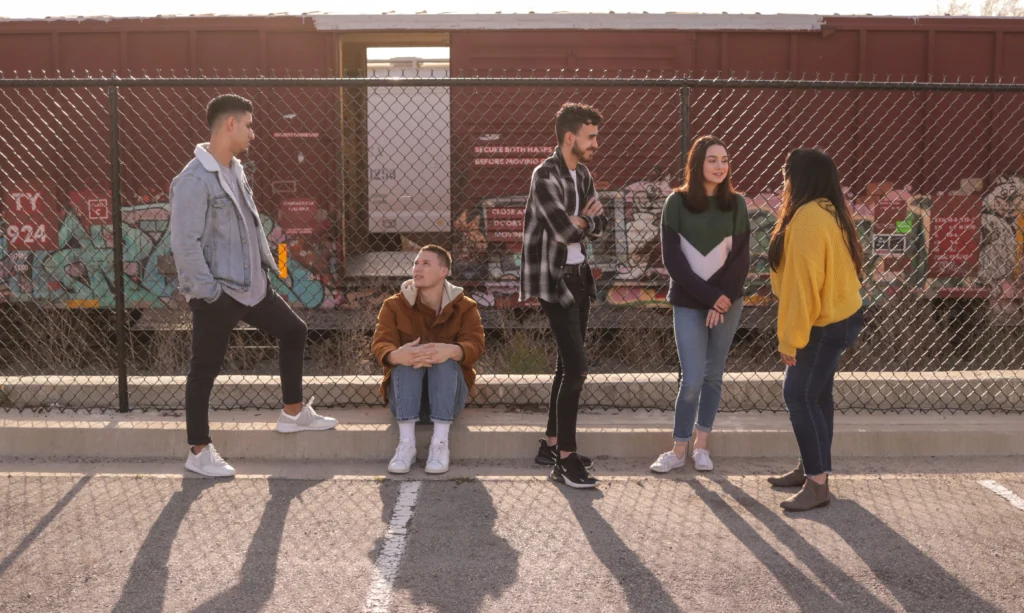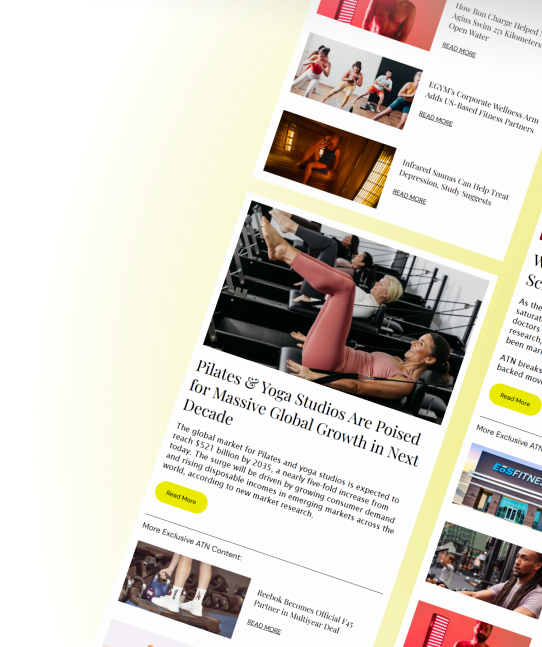
As Gen Z and millennials pour their dollars into healthy living, software leader Zenoti reveals how brands can harness AI, data and digital experiences to stay ahead and aligned with young consumers
It’s no secret that fitness and wellness brands are targeting Gen Z—and for good reason. It’s a generation that is on track to be the largest ever and already spends more per capita than any other at the same age, and by 2030, is expected to contribute more wealthy individuals across every region globally, according to a report by NielsenIQ and GfK.
Their collective purchasing power is massive, but the real insight lies in the details.
Lesley Silvestre, director of customer success at Zenoti—the software powering major wellness brands like European Wax Center and CorePower Yoga—has a front-row seat to how, why, and on what Gen Z and millennials are spending their hard-earned cash.
Athletech News caught up with Silvestre to explore how fitness and wellness brands—as well as personal trainers and coaches—can adapt to Gen Z’s preferences, leverage technology to boost engagement and capture the attention of the highly sought-after consumers.
Millennials Still Matter
To start, while Gen Z often steals the spotlight, millennials shouldn’t be overlooked.
“Millennials are willing to spend more money on services, and they’re willing to invest in a higher level of service, too,” Silvestre points out. “We’re seeing that shift as far as their priority in wellness and overall health.”
While Gen X may reminisce about keg stands and hard partying, many millennials and Gen Z are prioritizing their overall health, choosing to spend their money on healthy foods, nutrition and wellness instead.

It’s partly why non-alcoholic beers, functional beverages, prebiotic sodas and spirit-free elixirs are gaining traction and serious investment. But when it comes to fitness, young consumers aren’t just spending on gym memberships—they’re investing in personal training services, Silvestre says.
AI’s Role in Meeting Gen Z’s Communication Preferences
The irony of Gen Z is that while they desire social connections and opportunities to engage, they’re notoriously averse to phone calls—perhaps due to being a digital native generation. That brings good news for companies investing in AI—particularly agentic AI, which allows consumers to interact 24/7 with a non-human assistant. Such a format, which Zenoti is leveraging, aligns with young consumers and millennials who prefer frictionless engagement.
“Nobody wants to pick up the phone, right?” Silvestre says. “They either want to be able to have an app, they want to have a website where they can go in and book, or they want to be able to text— but they’re not going to pick up the phone and actually have a vocal conversation.”
Silvestre emphasizes that businesses must accept this reality if they want to attract and retain Gen Z.
“If you don’t have an ability to join online, purchase online, book online or make any changes to your membership online, I think you’re doing your business a disservice because you’re not engaging with the style of communication that the Gen Z and millennial generation demands.”
The Popularity of Group Fitness & Personalization
According to Silvestre, group exercise is popular among young consumers for its strong sense of community, as well as personal training and even higher-priced small group classes, as they offer a communal experience.
While they are ready and willing to book an engaging fitness or wellness experience, attracting and retaining Gen Z and millennials requires a certain finesse, one with customized, relevant and engaging information that is customer-specific, Silvestre explains.

“We’re really focusing on leveraging AI to have that customized engagement,” Silvestre says. “Gen Z and millennial consumers want meaningful information—they want to have that engagement, but they want it relevant to them. So it’s not a one-size-fits-all, where you’re sending a marketing blast to everybody. You’re doing a tailored communication channel and experience with that member.”
Competition is steep, she adds, and understanding consumer demands and interests is more important than ever as value becomes a key focus.
“I think what’s happening today is people are starting to pay attention to their memberships,” Silvestre says. “They want an overall wellness lifestyle and as a business owner, you have to keep bringing them back into your facility with customized communication channels.”

Zenoti employs a mobile brand approach with a concierge level of experience, where fitness and wellness operators and even trainers can uncover insightful consumer data.
“Your interactions are happening on the gym floor—you’ll have a tablet in your hand, you can see what classes they went to and if they left you a Google review, you’re going to see that brought into their profile,” she explains. “So you really understand everything about that customer: what are their thoughts, what is their feedback, what are their interests? And you have that right there on a tablet.”
The software company is also leveraging AI to predict the likelihood of cancellations—providing valuable insights for business owners while enhancing the overall in-club experience.
“We know, based on their buying experience, their check-in experience, their class—are they likely to stay or become a member? That way you also know how to engage with them,” she says. “We’re bringing in all of that into a single platform essentially, which is just so powerful in really knowing who your customers are.”
Med Spas, GLP-1s & the Expanding Wellness Market
Beyond fitness and wellness, Zenoti serves the beauty and spa industry, which, as Silvestre points out, is experiencing an interesting intersection with wellness and longevity and where supplements, red light, peptides and IV therapies are trending.
“People are really concerned about not just living longer, but they actually want to be healthy longer,” she says. “They want to have an active lifestyle.”
Fitness studios and gyms that incorporate popular wellness therapies and services are well-positioned for success, she predicts, as consumers value convenience and are willing to invest in such offerings. It also creates an opportunity for operators to provide complementary (rather than competing) services.

“What you see in the med spa spaces—when people go in for Botox or filler— they’re seeing that practitioner more than they see their doctor,” she adds. “The industry is just exploding. Rather than just aesthetics, it’s the actual wellness. Then you’re seeing people get on GLP-1s and gyms really need to latch onto that and maybe have offerings tailored to maintaining or gaining muscle.”

